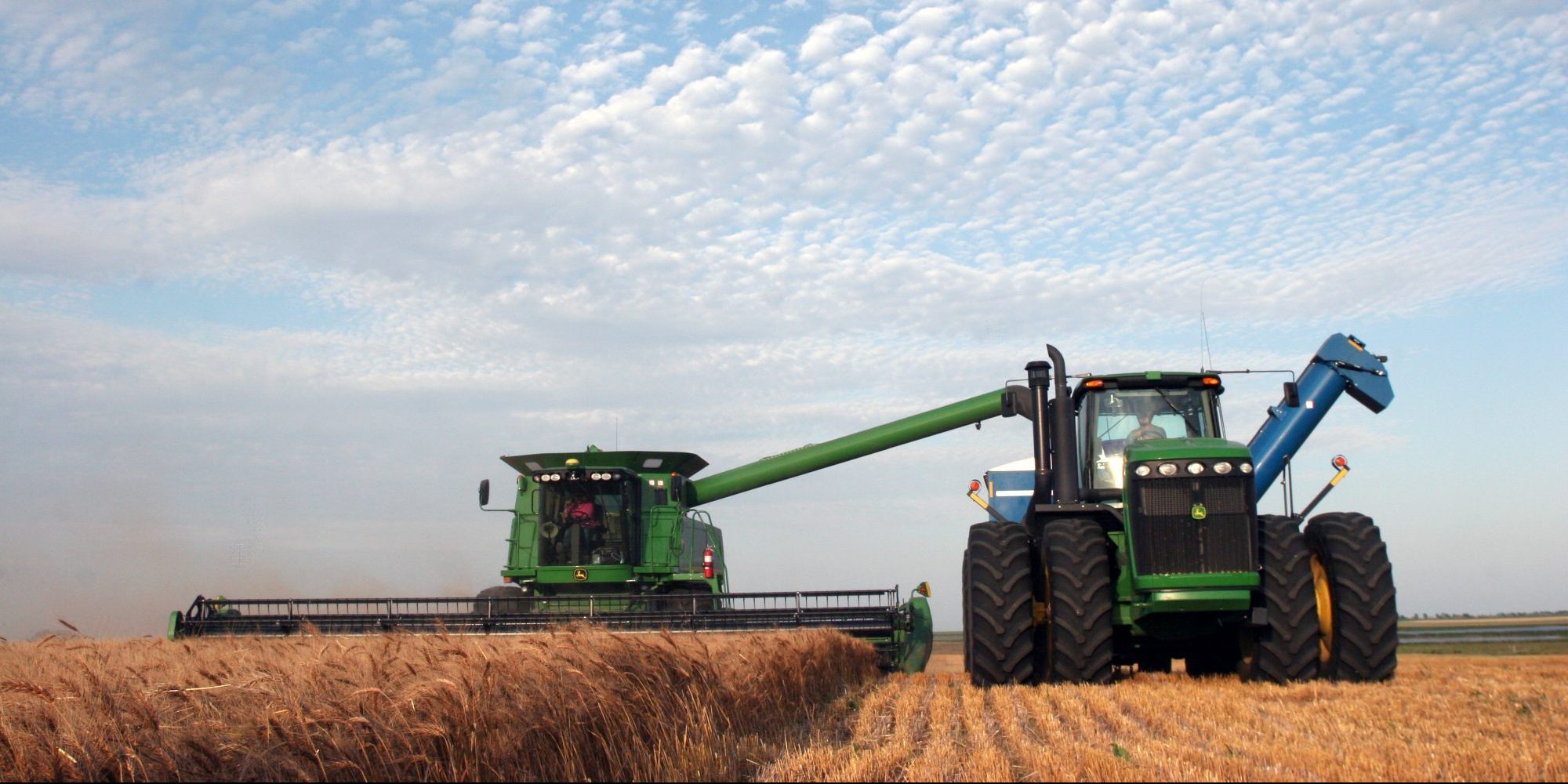Commodity Credit Corporation (CCC) Loans are a viable option for accelerating income in times of low farm income. As a rule, loans are not included in Schedule F income. One of the benefits of a CCC loan is that an election can be made to treat the loan as income.
The first time you take out a CCC loan, you and tax specialist will need to analyze the best choice for your operation and either treat the loan as a loan or treat the loan as income. Once the precedent has been set you will by default treat all CCC loans the same way. If in a future year it would benefit your operation more to treat CCC loans with the other method, an election can be made and filed with your tax return to switch methods.
If you have chosen to treat the CCC loan as a loan, there is no difference in the reporting of the loan or the subsequent sale of crop than if you had taken a loan with your usual loan officer – regardless of the fact that you pledged all or part of your production to secure the CCC loan.
If you have chosen to treat the CCC loan as income, you record the loan proceeds you receive as income on line 5a of your Schedule F. This establishes your tax basis in the crop. In the year when you market your crop, the actual prices received are offset against your tax basis and only the gain or loss is recorded on your Schedule F. This process has effectively accelerated the bulk of the crop income to the low year where you needed it. The income method is elected by attaching a statement to your return showing the details of the CCC loan. You do not need IRS approval or any other forms to make this election.
Example: In tax year 2016, Joe Farmer took out a CCC loan on his wheat for $100,000. These loan proceeds are reported on his 2016 Schedule F 5a) “CCC loans reported under election”. In tax year 2017, Joe sold his wheat for $125,000. He reports the $125,000 on 1a) “Sales of livestock and other resale items” and the tax basis of $100,000 on line 1b) “Cost of other basis of livestock or other items reported on 1a” for a total 2017 taxable amount of $25,000.
To change between treating CCC loans as income method to the loan method of reporting, Form 3115 is required. This form grants automatic change but needs to be filed both with the tax return in the year of change and also a separate copy filed with the IRS National Office.
If you choose to use CCC loans, a word of caution should be mentioned regarding the Farm Loss Limitation Rules. Farm losses are limited to the greater of $300,000 ($150,000 MFS) or the total net farm profits from the prior 5 years if you have an applicable subsidy or CCC loans. The 2014 Farm Bill eliminated the program payments that formerly fell in the applicable subsidy zone leaving only CCC loans left that will bring about the Farm Loss Limitation.
Example: In tax year 2016, Joe Farmer took out a CCC loan on his wheat. He had an overall loss on his Schedule F of $500,000. In the prior 5 year, 2011 – 2015, Joe had net farm income combined of $250,000. On his 2016 tax return, Joe is limited to the greater of $300,000 or $250,000, thus $300,000 of Joe’s $500,000 loss can be claimed in 2016. The remaining $200,000 will be suspended and carried forward to 2017 as a Schedule F deduction and each year after until used.
The Farm Loss Limitation also affects the NOL that would be available to carry back 2 or 5 years or forward 20 years.
Example: Using the facts for Joe Farmer in the previous example:
2011 Net Schedule F Profit: 600,000
2012 Net Schedule F Profit: 100,000
2013 Net Schedule F Profit: 100,000
2014 Net Schedule F Profit: – 100,000
2015 Net Schedule F Profit: -450,000
2016 Net Schedule F Profit: -500,000 + 200,000 suspended = -300,000
2017 Suspended Loss Carried Forward: -200,000
Joe Farmer would be unable to maximize his 2016 NOL by carrying the entire 500,000 back 5 years to recoup the high ordinary income tax paid in 2011.
Careful planning and consideration should be implemented for the use of CCC loans in order to maximize the benefits available from the program.
——–
Judy Gilbertson, CPA, is the principal of Judy Gilbertson CPA in Jamestown, N.D. Article reprinted with permission of AgCountry Farm Credit Services.
Thanks for reading CPA Practice Advisor!
Subscribe Already registered? Log In
Need more information? Read the FAQs
Tags: Small Business





